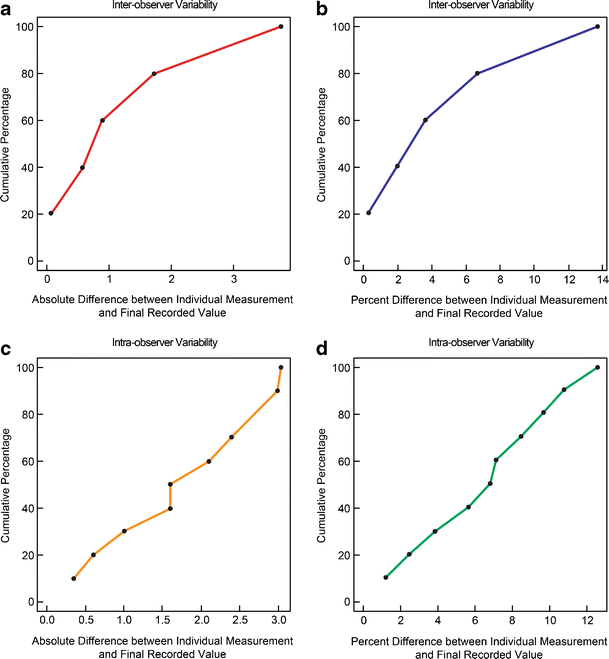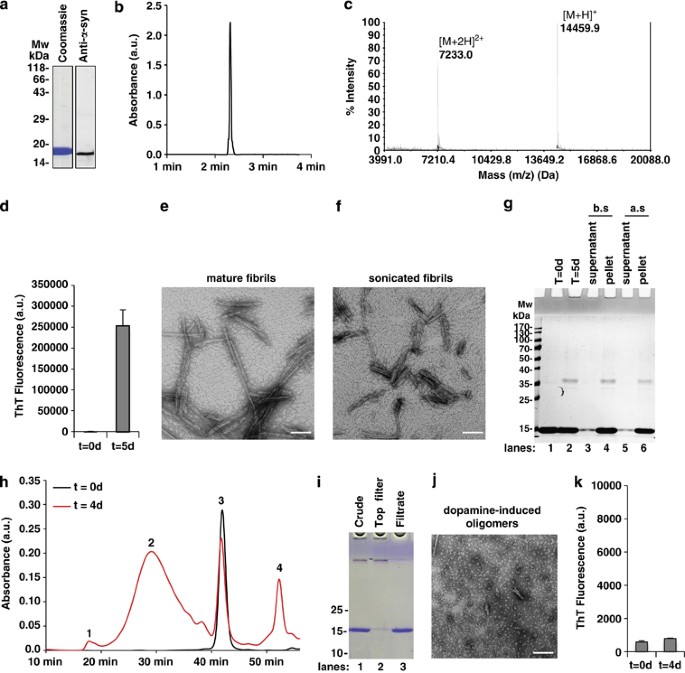

In psoriatic lesional skin, both CD4 + and CD8 + infiltrated T cells were observed and it was shown that the ratio of the CD4 and CD8 varies depending on the disease status 5.
#FLOWJO 10 COPY AND PASTE FL1 FL2 AND FL3 LABELS SKIN#
Immune cells resident in normal skin are thought to conduct immunosurveillance 3 and have been shown to play a role in the development of inflammatory disorders such as psoriasis 4. A growing body of data supports the notion that the skin has essential immunological functions, both during tissue homeostasis and in various pathological conditions. Skin comprises two main compartments, the epidermis and the dermis, and contains a variety of immune cells including Langerhans cells, macrophages, dendritic cells (DCs), and about 20 billion memory T cells, nearly twice the number present in the entire blood volume 1,2. The skin, as the primary interface between the body and the environment, provides the first line of defence against external physical, chemical and biological insults such as wounding, ultraviolet radiation and micro-organisms. Examples of successful CD4 + T cell isolation and subsequent phenotypic and functional analysis are shown. This methodology preserves expression of most immune lineage markers such as CD4, CD8, Foxp3 and CD11c upon the preparation of single cell suspensions. Here, we describe a modified method to isolate T cells from both healthy and involved psoriatic human skin by combining mechanical skin dissociation using an automated tissue dissociator and collagenase treatment. Isolation and subsequent analysis have also been affected by the loss of immune cell lineage markers, due to the mechanical and chemical stress caused by the current dissociation procedures to obtain single cell suspension. So far, isolation procedures have been seriously hampered by a lack of obtaining a sufficient number of viable cells.

There is a need for good quality (single) cell populations isolated from biopsied skin samples. Despite emerging insights, our understanding of the biology underlying various inflammatory skin diseases is still limited. Immune resident cells in healthy skin conduct immunosurveillance, but also play an important role in the development of inflammatory skin disorders, such as psoriasis. As the skin is relatively easy to access, it provides an ideal platform to study peripheral immune regulatory mechanisms.

Human skin has an important barrier function and contains various immune cells that contribute to tissue homeostasis and protection from pathogens.


 0 kommentar(er)
0 kommentar(er)
